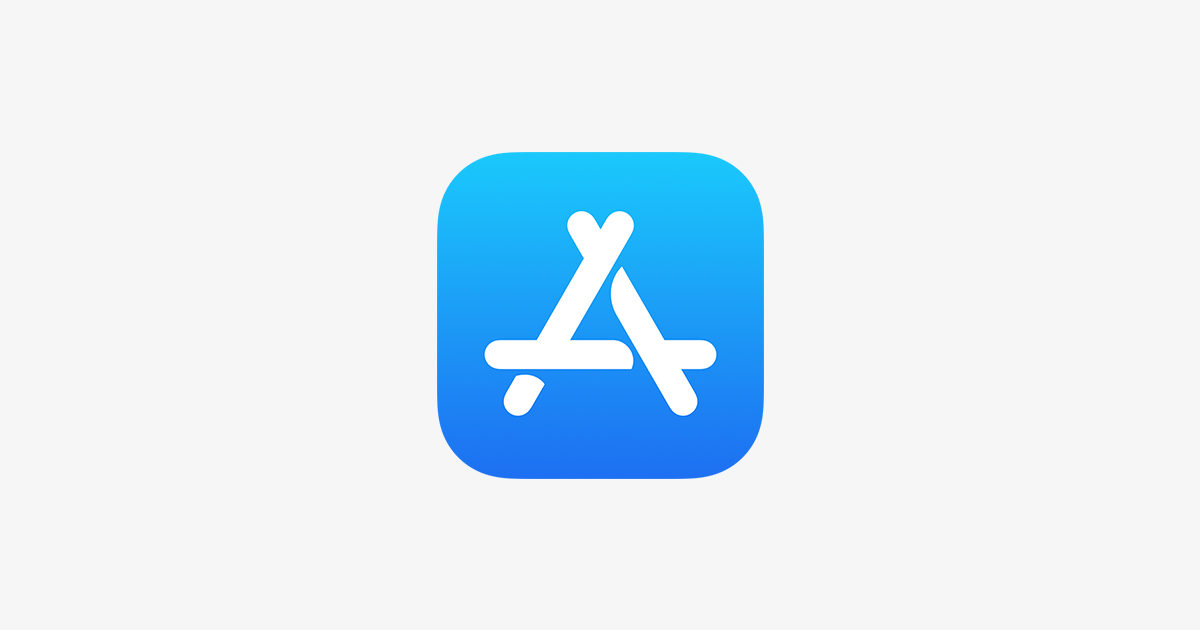Making an iOS app can be exciting and rewarding. It opens up a world of possibilities for creating something unique and useful. To make an iOS app, you need a Mac computer, Xcode software, and knowledge of Swift programming language.
Swift and SwiftUI are great tools for beginners. They help you build user interfaces with circles, icons, text, and colors. You can start by learning the basics and then move on to more complex features.
The iOS app market is huge, with millions of users worldwide. Your app could solve a problem, entertain people, or offer a new service. With the right idea and skills, you can turn your vision into reality and maybe even make money from it.
Navigating the App Store Review: How to Get Your iOS App Approved
Preparing for App Store Review: Essential Steps
Submitting your iOS app to the App Store is a significant milestone. However, the review process can be challenging. Proper preparation is key to increasing your chances of approval.
- Thorough Testing: Before submitting, rigorously test your app on various iOS devices and screen sizes. Identify and fix any bugs, crashes, or performance issues. User experience is crucial.
- Adherence to Guidelines: Familiarize yourself with Apple’s App Store Review Guidelines. These guidelines cover a wide range of topics, from app functionality and content to privacy and security. Understanding and complying with these guidelines is essential.
- Complete App Metadata: Prepare all necessary app metadata, including the app name, description, keywords, screenshots, and app preview videos. Make sure this information is accurate, compelling, and clearly communicates the value of your app.
- Privacy Policy: If your app collects any user data, you must have a clear and comprehensive privacy policy. This policy should be easily accessible within your app and on your app’s App Store listing.
- Demo Account (if applicable): If your app requires a login or has restricted content, provide a demo account for the App Review team. This allows them to fully access and evaluate your app’s features.
Understanding the App Store Review Process
The App Store review process involves human reviewers who carefully examine your app to ensure it meets Apple’s standards. They check for functionality, performance, content, and compliance with the guidelines.
Key Factors for Approval
Several factors influence the App Store review process. Here are some key areas to focus on:
- Functionality: Your app should be fully functional and free of bugs or crashes. All features should work as intended.
- User Experience: The app should be intuitive, easy to use, and provide a positive user experience.
- Content: The content in your app must be appropriate and comply with Apple’s guidelines. Avoid offensive, discriminatory, or illegal content.
- Performance: The app should perform well on various devices and network conditions. Optimize for speed and efficiency.
- Privacy: User privacy is paramount. Ensure your app handles user data responsibly and complies with all relevant privacy regulations.
- Design: The app’s design should be consistent with Apple’s Human Interface Guidelines. It should be visually appealing and easy to navigate.
Common Reasons for Rejection
Many apps are rejected for various reasons. Here are some common pitfalls to avoid:
- Poor Functionality: Bugs, crashes, or incomplete features are frequent reasons for rejection.
- Misleading Metadata: Inaccurate or misleading app descriptions, screenshots, or keywords can lead to rejection.
- Lack of Privacy Policy: If your app collects user data, not having a privacy policy is a major red flag.
- Non-Compliant Content: Offensive, discriminatory, or illegal content will result in rejection.
- Poor User Experience: An unintuitive or confusing user interface can also lead to rejection.
Responding to App Rejections
If your app is rejected, don’t be discouraged. Apple provides feedback explaining the reasons for rejection. Carefully review this feedback and address the issues. You can then resubmit your app for review.
Tips for a Successful Submission
- Plan Ahead: Start the app review process early in your development cycle.
- Test Thoroughly: Test your app extensively on various devices and conditions.
- Follow the Guidelines: Adhere to Apple’s App Store Review Guidelines meticulously.
- Provide Complete Information: Submit all required app metadata and information accurately.
- Be Responsive: Respond promptly to any questions or feedback from the App Review team.
After Approval: Maintaining Compliance
Even after your app is approved, it’s essential to maintain compliance with Apple’s guidelines. Regularly review the guidelines for any updates and make sure your app remains compliant. Addressing user feedback and bug fixes promptly is also crucial for maintaining a positive user experience. Consider A/B testing new features to gather data and optimize the app for improved performance and engagement. By following these best practices, you can increase your chances of long-term success on the App Store.
Key Takeaways
- A Mac computer and Xcode are needed to develop iOS apps
- Swift and SwiftUI are beginner-friendly tools for app creation
- The iOS app market offers big opportunities for developers
Getting Started with iOS App Development
Making an iOS app starts with learning some basics and setting up your tools. You’ll need to get familiar with Apple’s development software and start playing with code.
Understanding the Basics
iOS apps run on iPhones and iPads. They’re made using Swift, Apple’s programming language. Swift is easy to learn and powerful. It’s designed to help you write safe and fast code.
To make apps, you’ll need to learn about:
- How iOS works
- App design basics
- User interface elements
- Data storage
- Networking
Apple provides tutorials to help new developers. These guides teach you step-by-step how to build simple apps.
Setting Up the Development Environment
You need a Mac computer to make iOS apps. On your Mac, you’ll install Xcode, Apple’s free development tool. Xcode has everything you need to write code, design interfaces, and test your app.
To get started:
- Download Xcode from the Mac App Store
- Install it on your Mac
- Open Xcode and create a new project
For some features and to put your app on the App Store, you’ll need an Apple Developer account. This costs $99 per year.
Exploring Xcode and Swift Playgrounds
Xcode is where you’ll spend most of your time making apps. It has tools for writing code, designing interfaces, and testing your app. The main parts of Xcode are:
- Code editor
- Interface Builder
- Simulator
- Debugger
Swift Playgrounds is a fun way to learn Swift. It’s an app that lets you write code and see results right away. You can use it on your Mac or iPad.
In Playgrounds, you can:
- Try out code ideas
- See how Swift works
- Make simple apps
It’s a great place to start if you’re new to coding. You can learn the basics before jumping into full app development.







